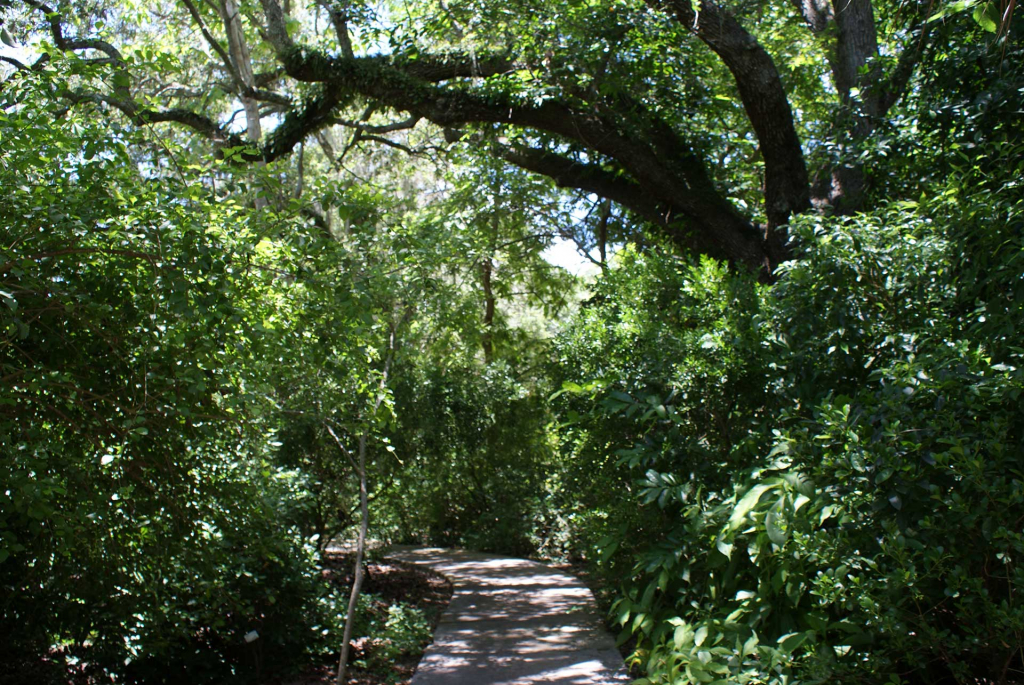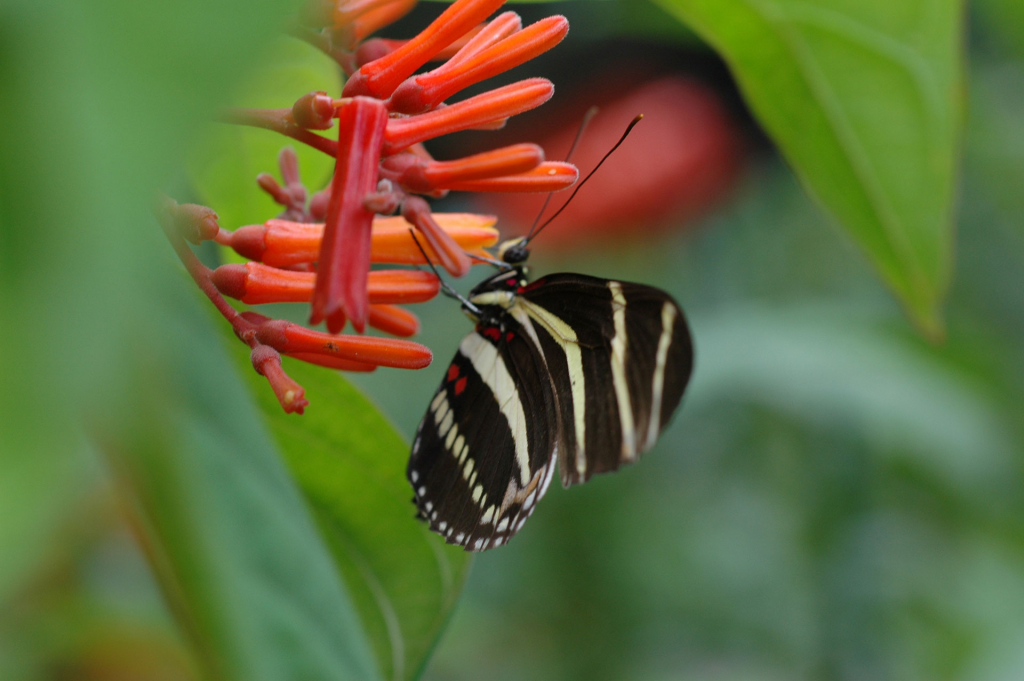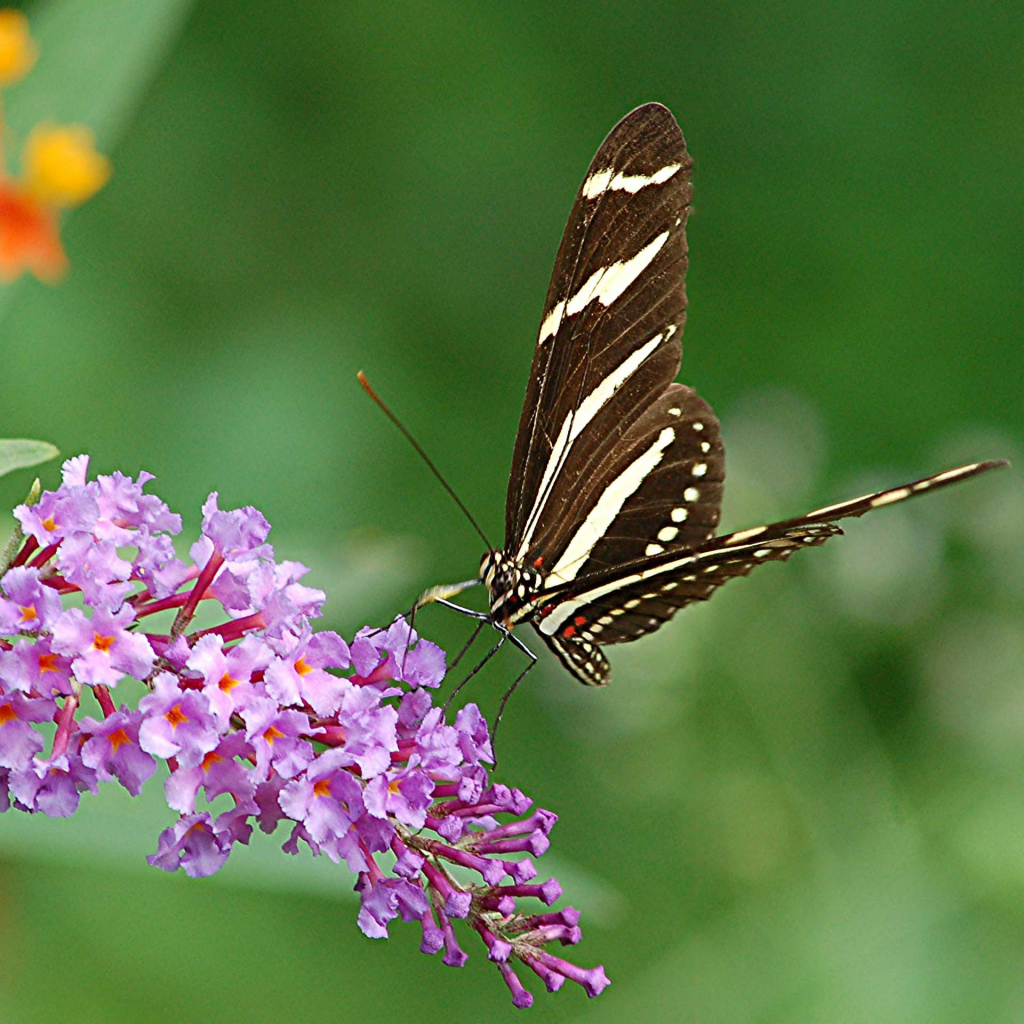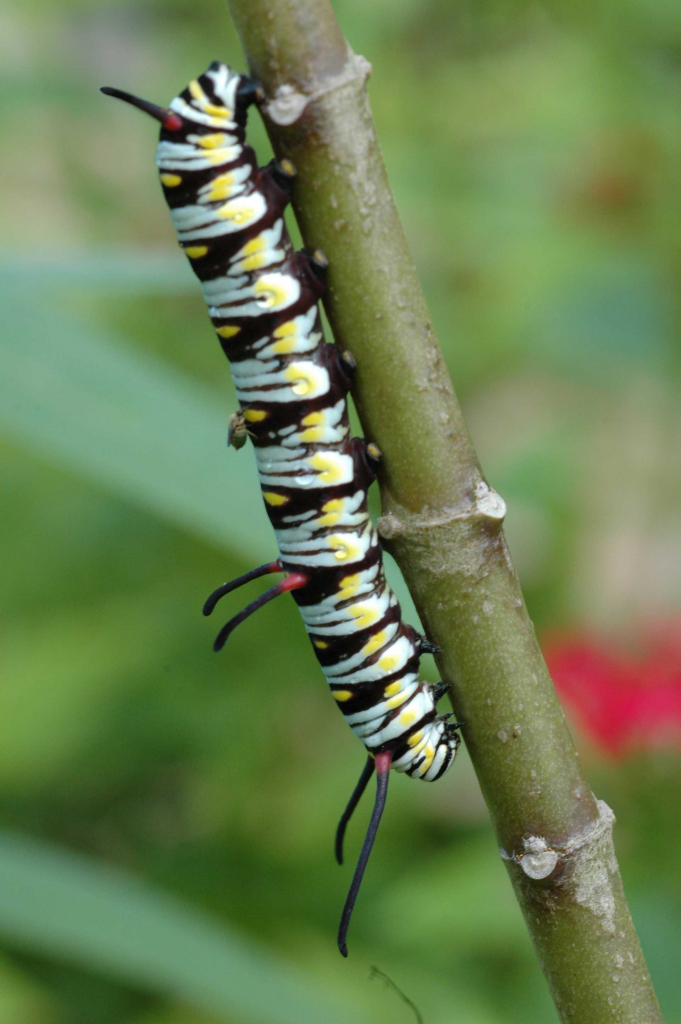Lisa D. Anness South Florida Butterfly Garden

Celebrate the diversity of butterfly species at this butterfly garden, home to both nectar and larval host plants for more than 40 species of Florida butterflies. With support from Mr. Larry Rutherford and the Miami Blue Chapter of the North American Butterfly Association, the development of the Lisa D. Anness South Florida Butterfly Garden provides an inspiring template for local gardeners.
The Lisa D. Anness Butterfly Garden showcases plants that attract and sustain butterflies throughout their lifecycle. Butterflies and plants have a symbiotic relationship, meaning they depend on each other for survival. Plants provide caterpillars and butterflies food and shelter, while butterflies pollinate flowering plants, facilitating their reproduction. This interdependence highlights the importance of the conservation of biodiversity; the loss of an individual species can have devastating impacts on an entire ecosystem.
Butterflies lay their eggs on “host plants,” which provide food for caterpillars after they hatch. In some cases, butterflies are very particular about the plants on which they lay their eggs and will only lay them on a certain species or a group of closely related species. In our garden we have provided host plants for a variety of butterfly species. Many adult butterflies drink nectar from the flowers of “nectar plants.” These are usually more general, although some butterflies do have preferences. A variety of nectar plants is also important to attracting and keeping butterflies.
Many of the plants found in this butterfly garden are native to South Florida. Some plants that are commonly considered weeds are essential to butterflies’ survival. Common examples include Bidens alba, Spanish needle, a popular nectar source and Phyla nodiflora, frogfruit, a host for the Phaon Crescent and White Peacock butterflies. These plants also have flowers which provide nectar to many types of butterflies.
Asclepias curassavica, scarlet milkweed, is the host for Monarch, Queen, and Soldier larvae; the flowers also provide nectar for a variety of butterflies.
Throughout the year, a variety of butterflies can be seen in the Lisa D. Anness Butterfly Garden. May through October are the months of most abundance here and throughout the rest of South Florida. Butterflies are always present, but may not be in their most conspicuous phase. During cold, dry or other unfavorable conditions, butterflies either migrate or go through diapause, a period when development is suspended. Depending on the species, diapause can take place during different stages of the butterfly life cycle.
Many butterflies are imperiled by the effects of over collection, pesticides such as mosquito spray and habitat loss. Do your part to ensure the conservation of these creatures:
-Use plants in your garden that provide habitat for butterflies. All of the plants that you will find here in the Lisa D. Anness Butterfly Garden are easy to grow in South Florida and require little maintenance
-Avoid using pesticides and do not request mosquito spraying in your area
-Become a member of the North American Butterfly Association to learn about butterflies and support their conservation
Fairchild is partnering with the Miami Blue Chapter of the North American Butterfly Association to manage our entire garden as a butterfly reserve. Butterfly attracting plants are concentrated in the Lisa D. Anness Butterfly Garden, but are planted throughout the entire garden. We avoid using pesticides throughout Fairchild to ensure that host plants are safe for butterfly larvae to eat.





